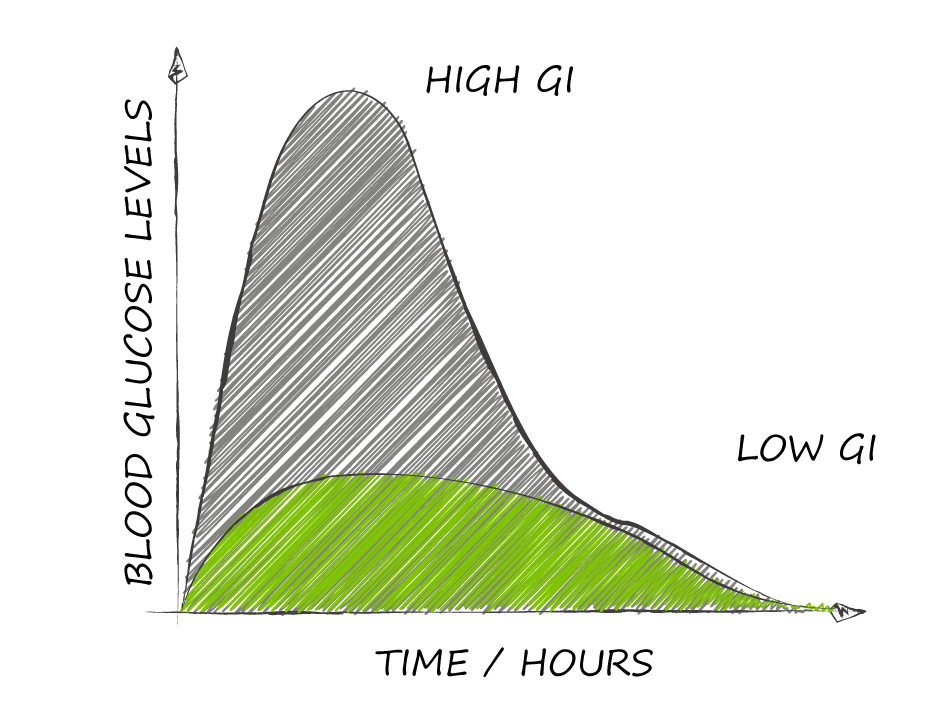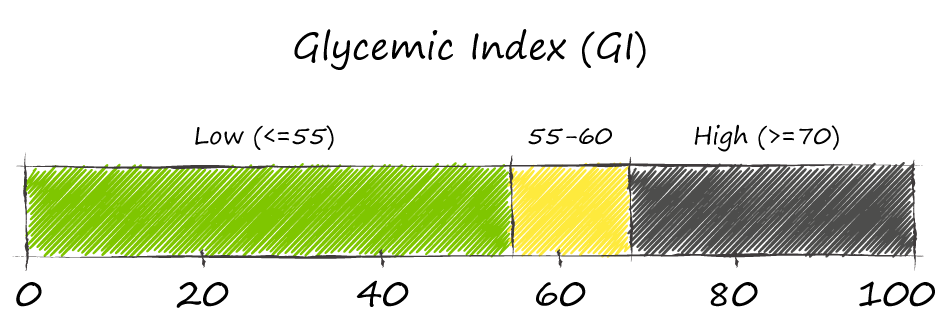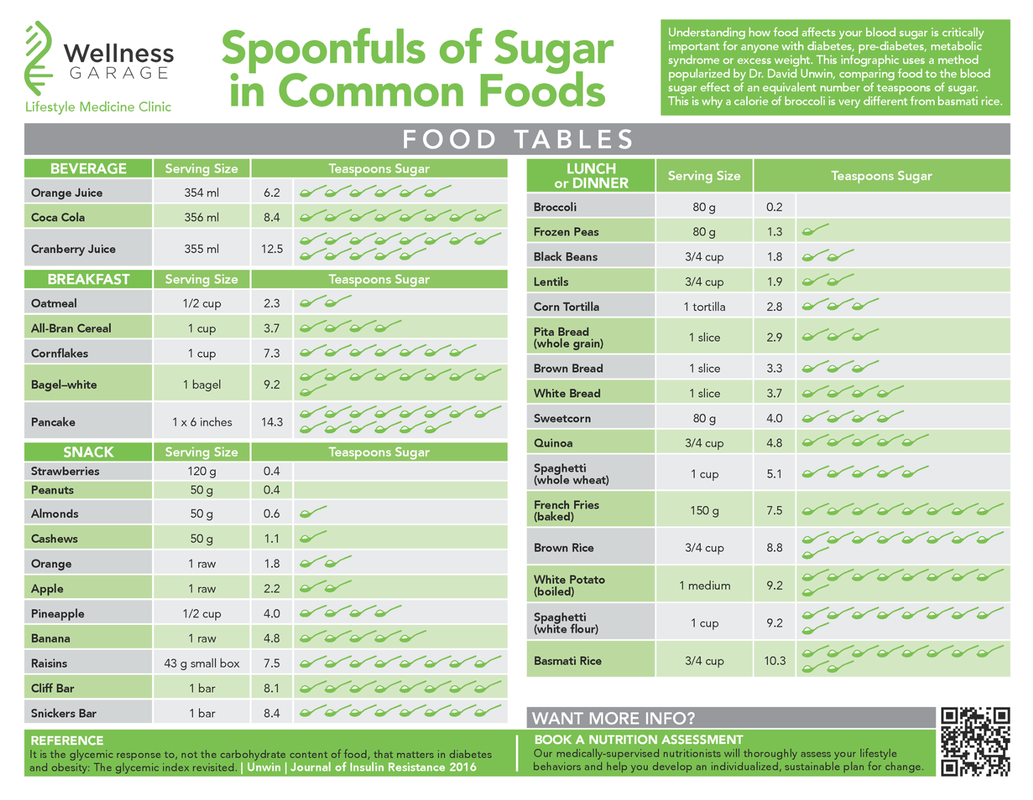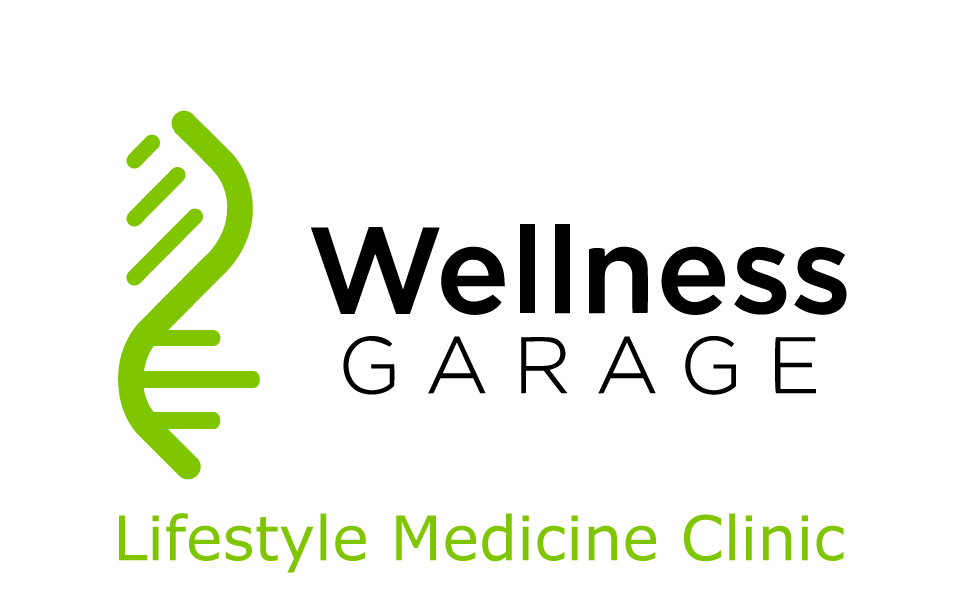|
Blood sugar is incredibly tightly regulated. The average person has a single tablespoon of glucose circulating in their bloodstream. Insulin, released by the pancreas after a meal keeps glucose in tight control. Think of what happens when you go out and order a Coke. A 354ml (12 oz) Coke contains 39g of sugar. Shortly after drinking it, this 39g of sugar will flood the bloodstream, increasing the blood glucose level rapidly, and resulting in a surge of insulin to quickly pack this away as fat or glycogen and maintain blood glucose in the normal range. (For those of you, deeper into the science, I am ignoring the fructose for now - more on that in a future blog). Over time, if repeated, your body's insulin receptors will become resistant to insulin, requiring ever higher levels of insulin to maintain tight blood sugars Some of you may dismiss the fact that Coke contains almost 10X the amount of sugar that normally circulates in the body by pointing out that you don't eat junk food. But do you realize the effects of other foods on your blood sugar levels? Glycemic Index (GI) was introduced by David Jenkins and colleagues in order to compare the response of a carbohydrate containing food to that of pure glucose. The standardized method calculates GI as 100 times the total blood glucose response (area under the curve) for 2 hrs after a meal to a food containing 50g of carbohydrates divided by 100 times the totatl blood glucose response to 50 g of glucose - each performed in 10 people of normal health. A food with high GI has a greater effect on blood glucose than a lower GI.: Glycemic Index is very useful to compare foods because it is standardized to the same amount of carbohydrate, but as common sense dictates some foods have more carbohydrate density than others - think of brocolli vs table sugar. This observation lead to the introduction of another concept - Glycemic Load, which allows the comparison between foods at the usual amounts that we consume. Glycemic Load essentially answers the two questions that are relevant to determine the glucose response of foods:
Or as David Unwin has so eloquently put it:
A definitive list of Glycemic Load values can be found at http://www.mendosa.com/gilists.htm While very useful, Glycemic Index and Load are often poorly understood by doctors let alone patients. This lead Unwin, through his experience as a GP from the north of England, to come up with a new way to express Glycemic Load - as teaspoon of sugar equivalents. From this perspective, a serving of basmati rice is the equivalent of 10.1 teaspoons of sugar, while the 354ml (12 oz) Coke has 9 teaspoons! Before I share a really useful infographic - let me share two thoughts:
So for anyone trying to lose weight, and especially for anyone with diabetes (or pre-diabetes) understanding the glycemic load and avoiding the sugar equivalents is a great strategy. Download a pdf of the Sugar Equivalents Infographic |
AuthorDr. Brendan Byrne Categories
All
|




 RSS Feed
RSS Feed
